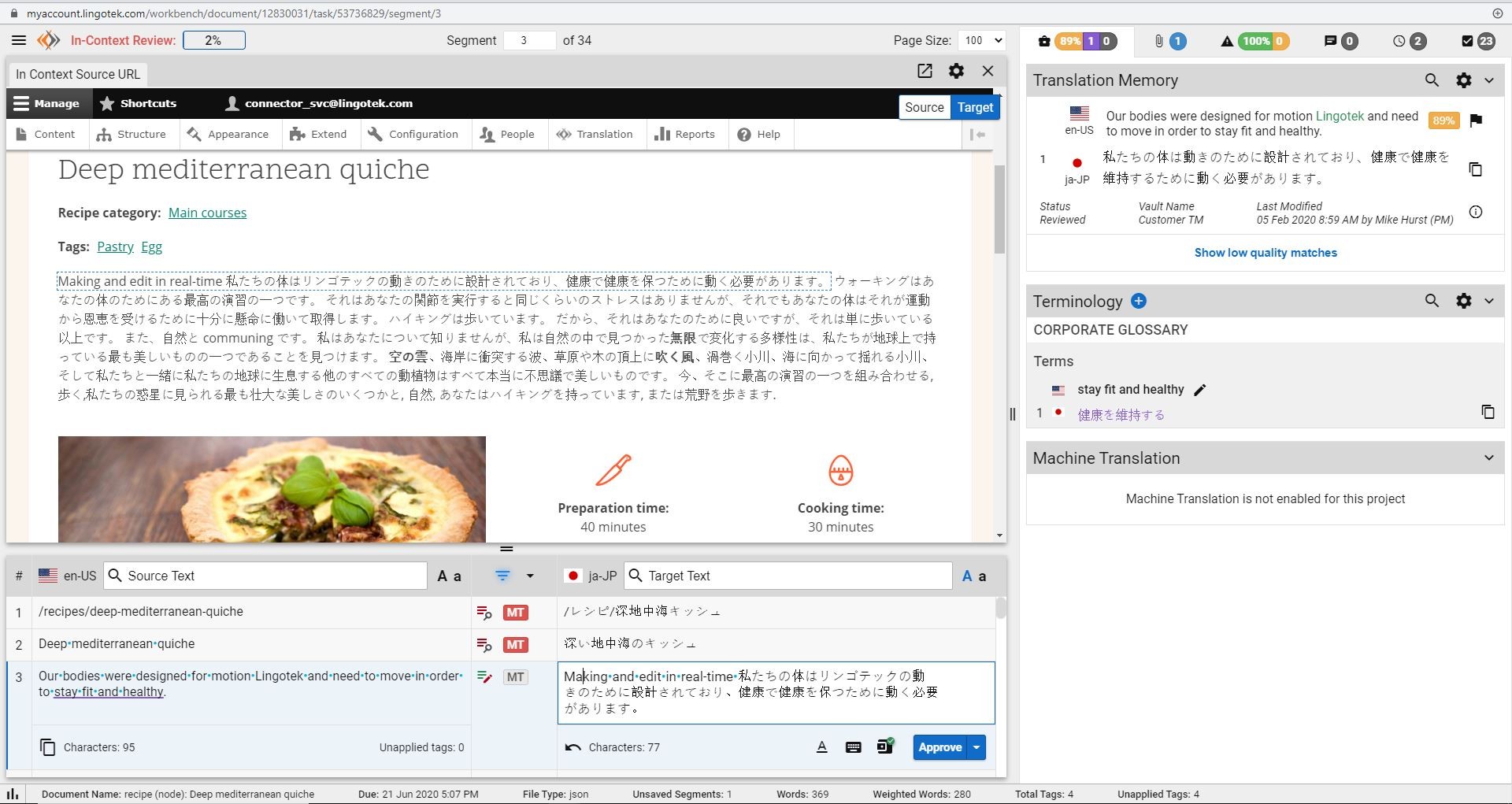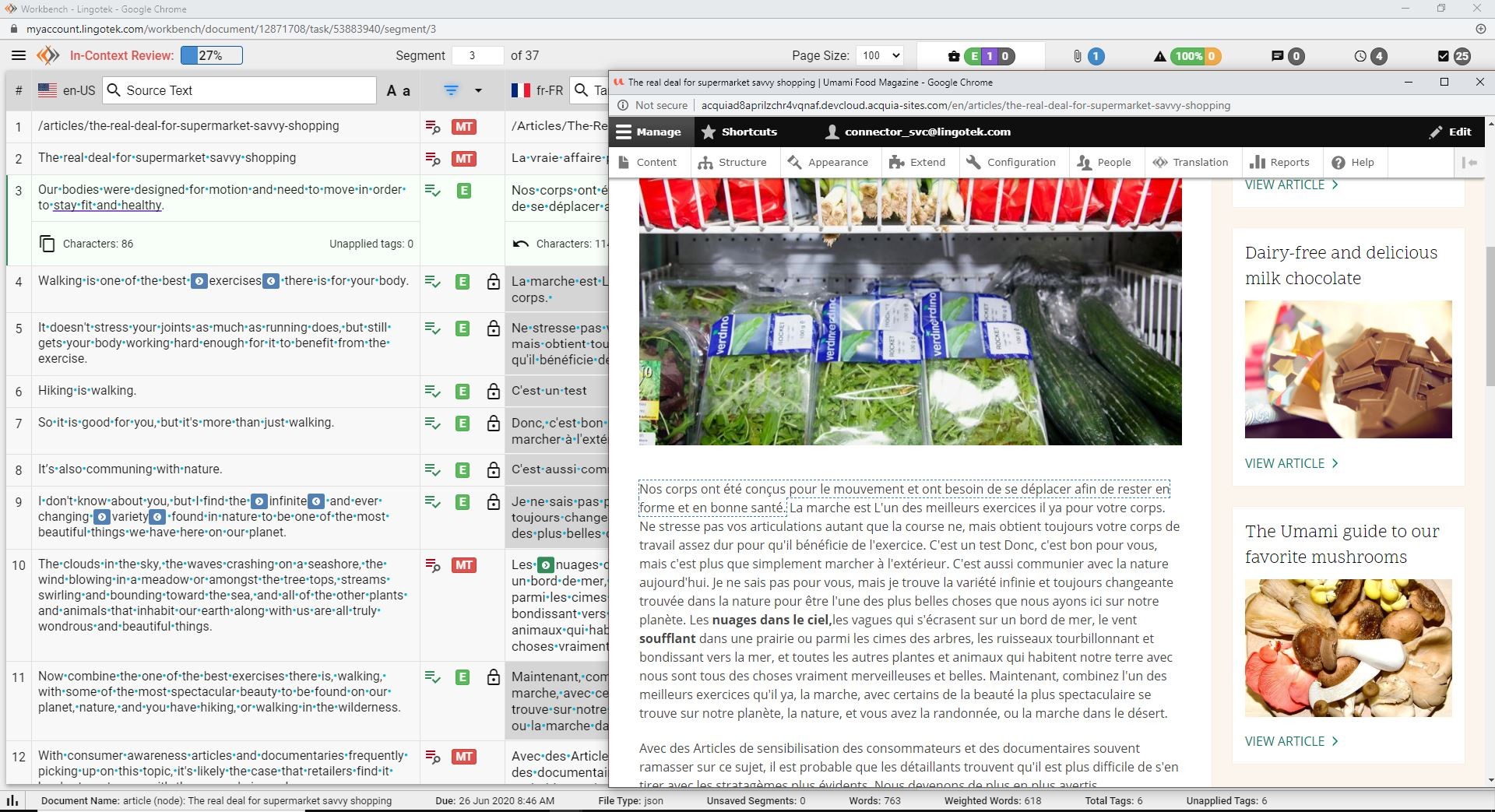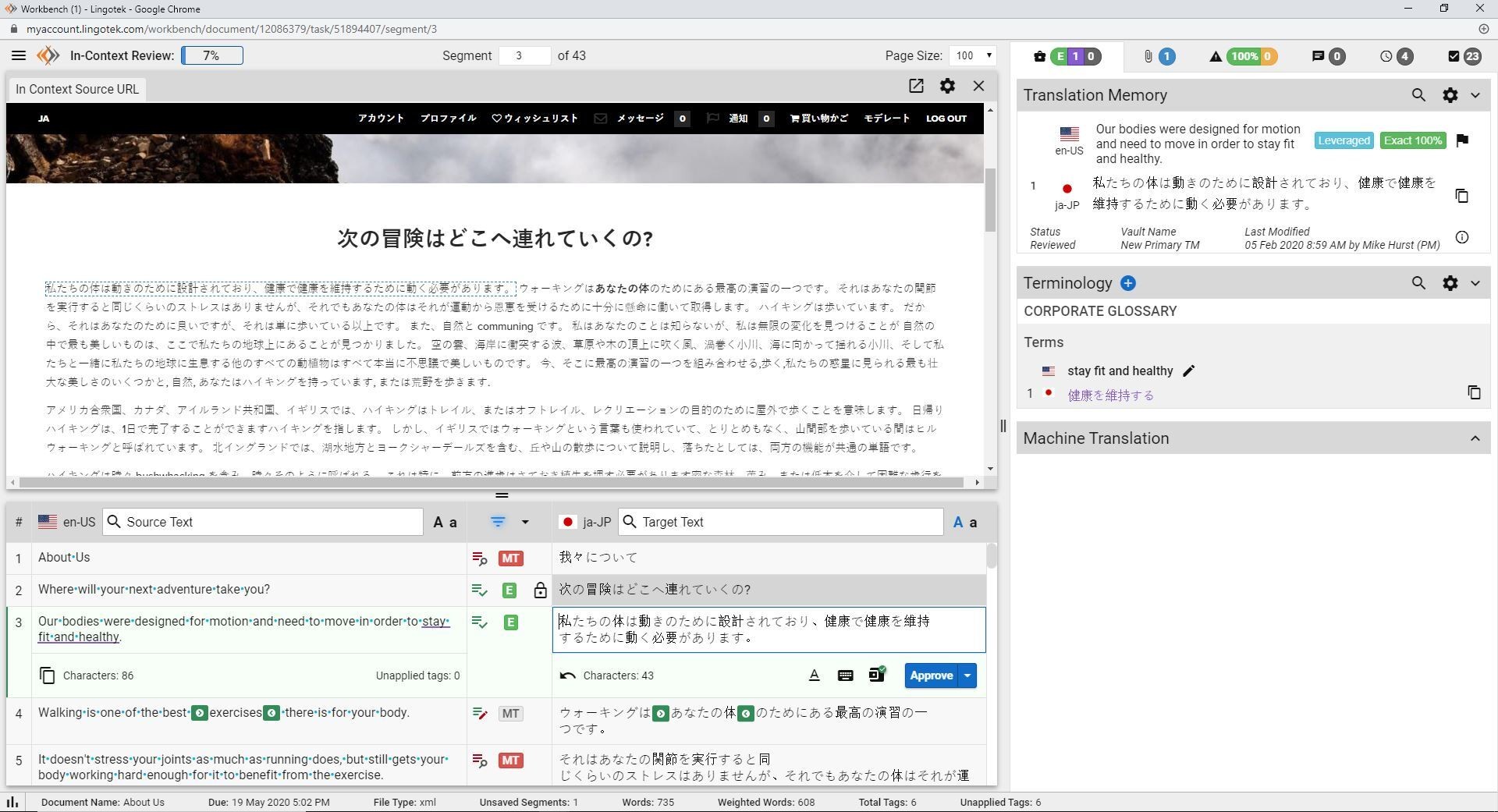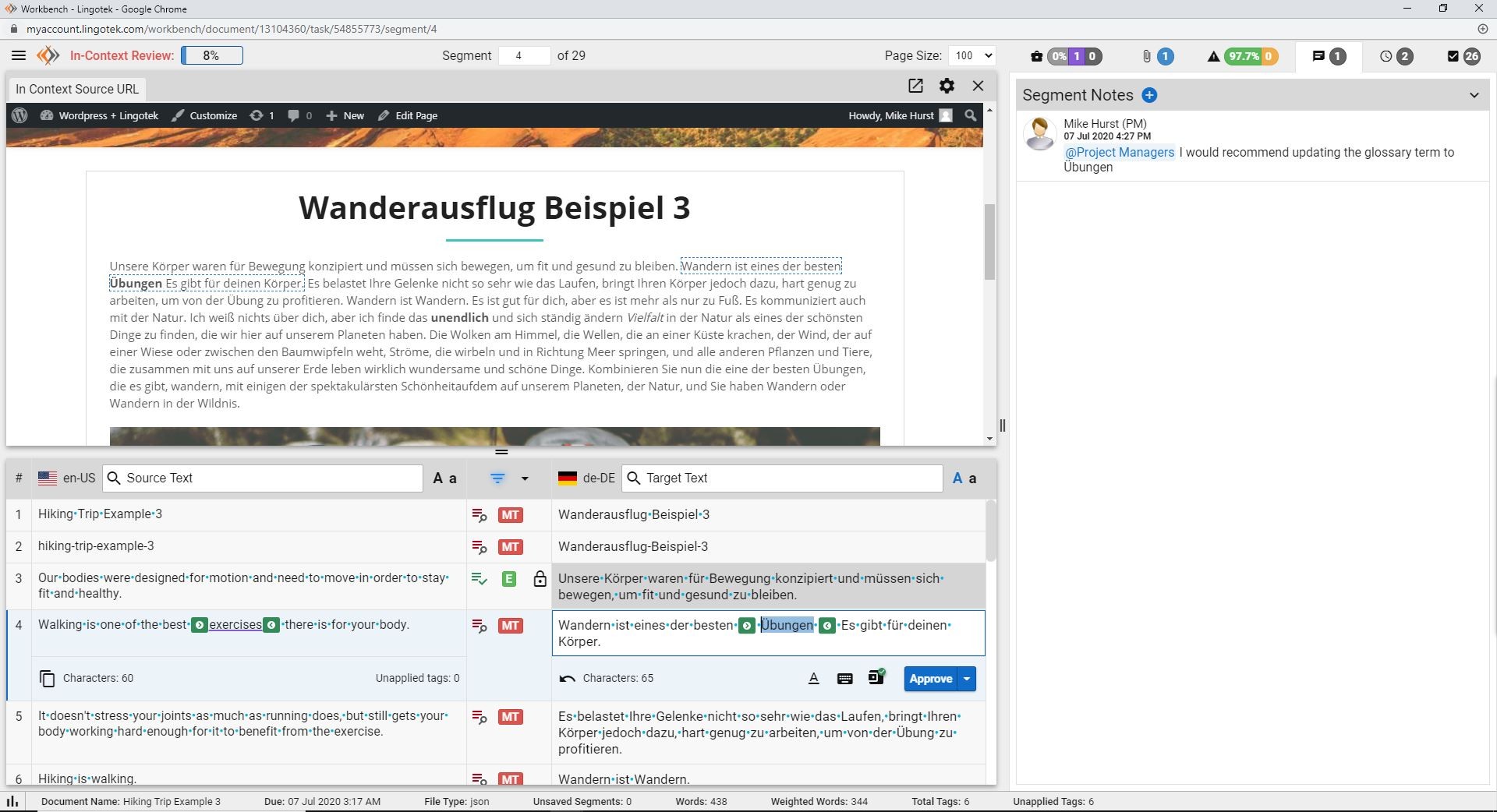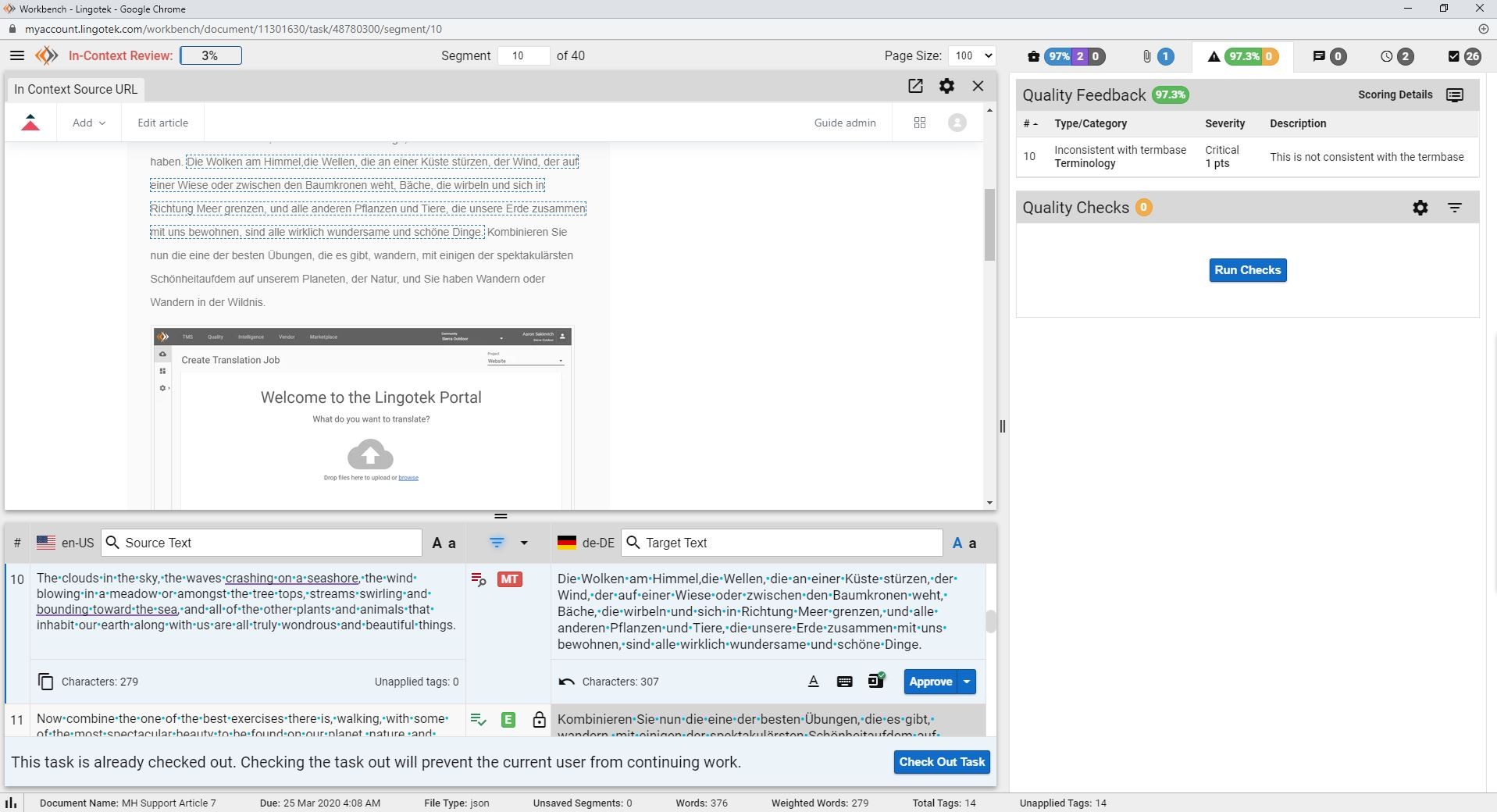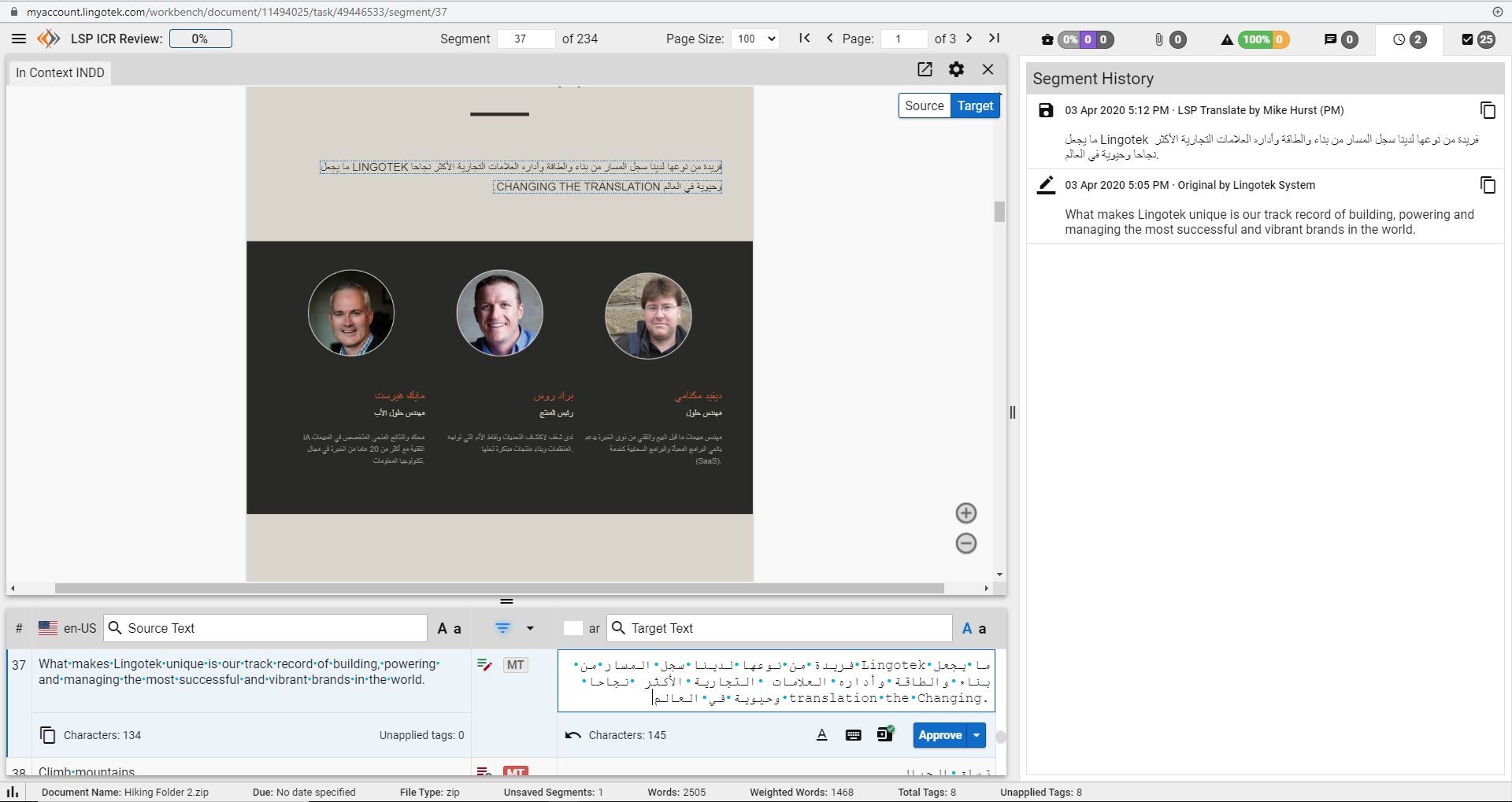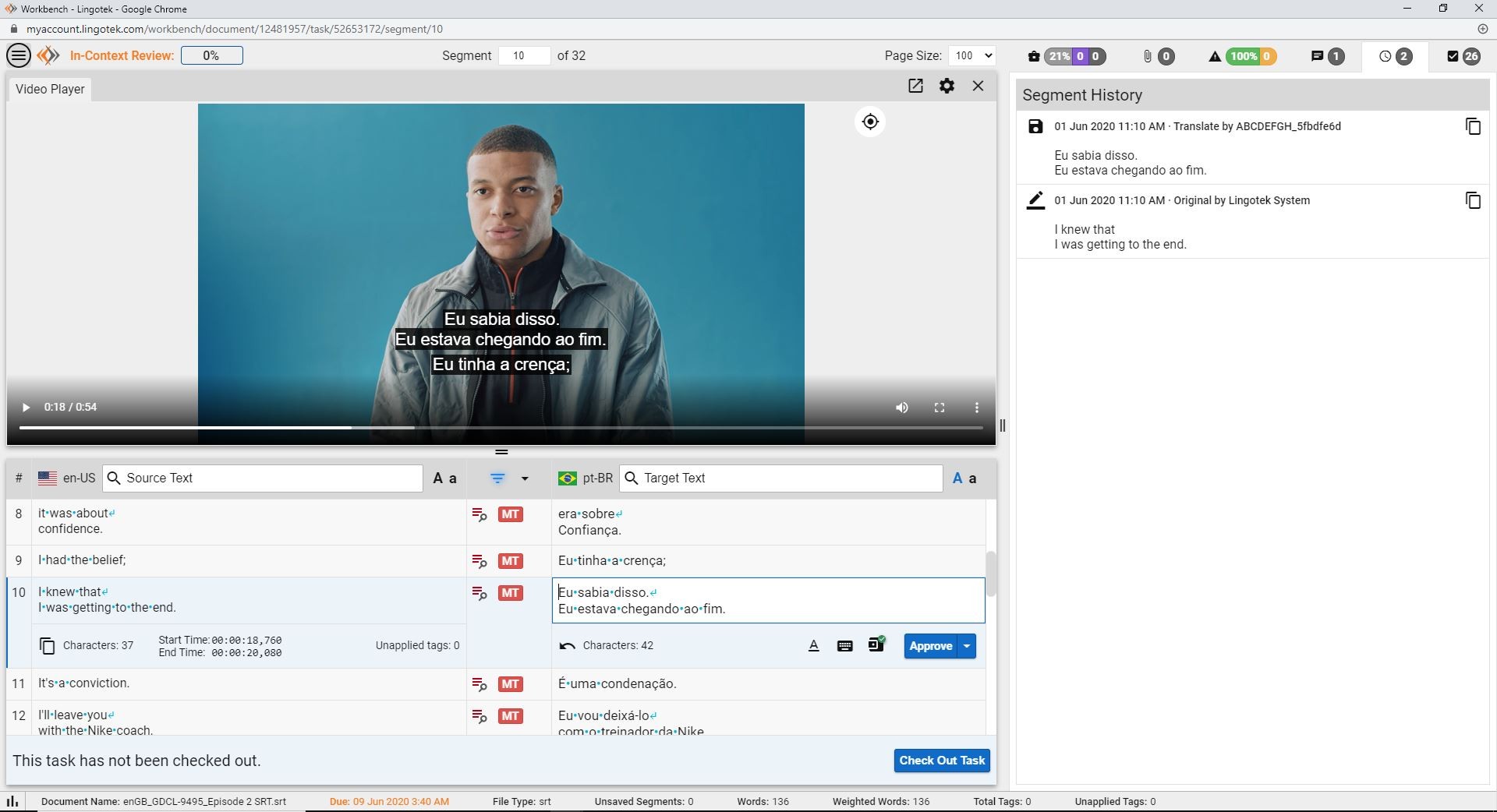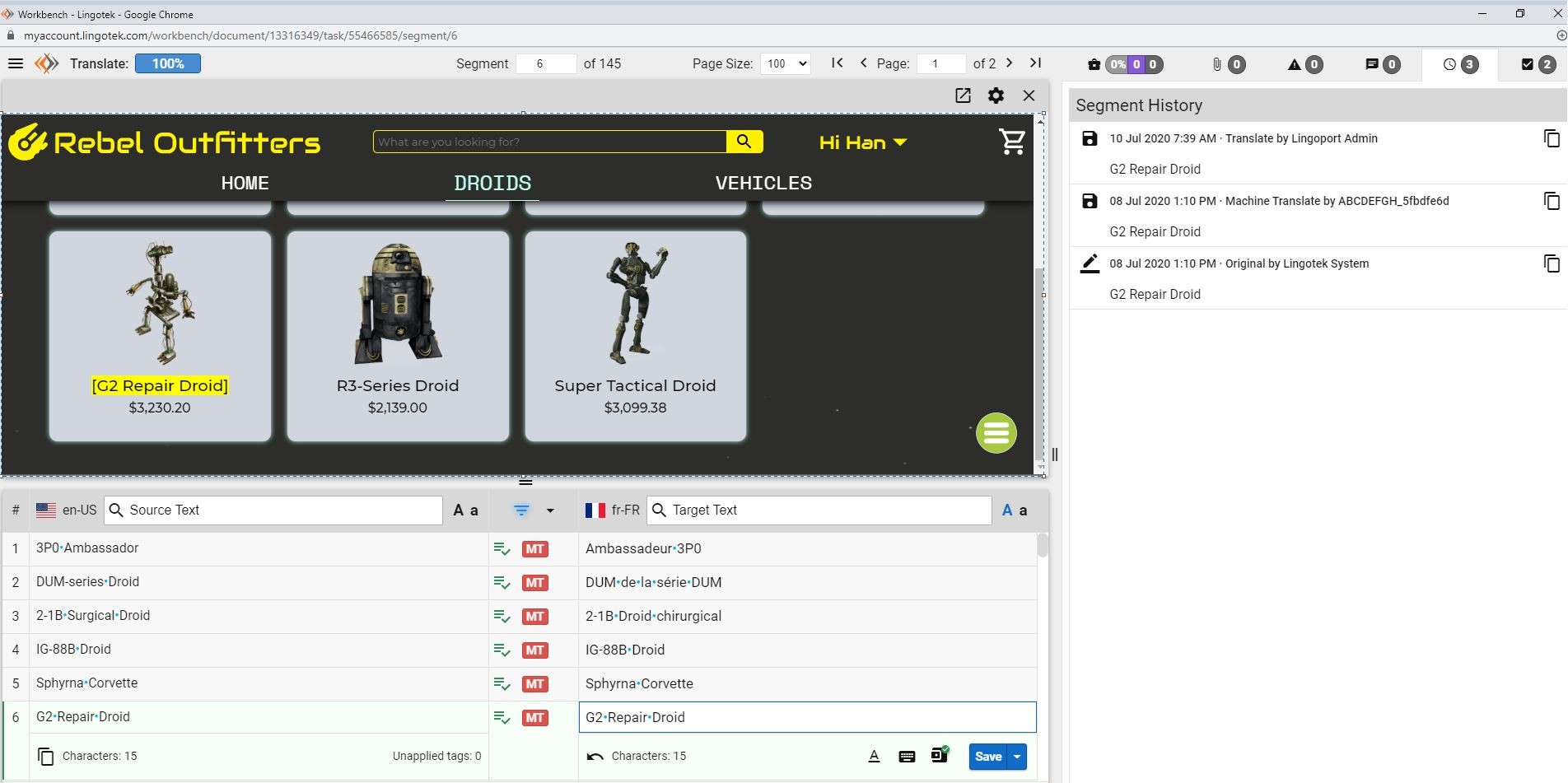Almost every other day, you hear from a politician, a celebrity, a sports athlete, and everyone on social media saying “they were taken out of context.” It is typically related to past interviews, tweets, posts, and yes, even articles.
The definition of “to take things out of context” is:
If a statement or remark is quoted out of context, the circumstances in which it was said are not correctly reported, so that it seems to mean something different from the meaning that was intended. The consequences of someone “taking something out of context” can be career-ending, temporary, or long term damage to their image or brand, to many others. It may also poorly reflect on a government institution or company.
There are plenty of examples of words that have resulted in a person’s downfall, but for this post, I wanted to illustrate a less “extreme” example, from a saying you have likely heard, which was taken out of context.
Nice guys finish last.
Leo’s misquoted words soon became a credo for over-aggressive coaches and guys with no romantic game everywhere.
You might be asking. Where are you going with this article, Mike?
When it comes to being “taken out of context,” this relates to the translation industry in so many ways. If you do not have “context” in the translation process, you risk a poor or damaging customer experience, such as:
- Decreased translation quality
- Offensive or demeaning “missteps” in the translation
- A poor customer experience
- Costly public relations nightmares.
- Confusing content and negative product feedback
- Increased support costs due to a poor understanding of documentation
For marketing, sales, localization, development, and support teams, “context” is a critical component in the translation and localization process. It can be the crucial difference between a good translation and a GREAT translation or even a completely incorrect “contextual” translation.
During translation, the core components to a high quality finished product are:
- Using translation memory (TM ) – A database of previously paid for translations utilized for content reuse and cost savings.
- Providing a termbase (or glossary). A list of terms or phrases that have been translated and reviewed for quality. Typically includes product names, descriptions, key phrases, SEO, etc.
- Defining a style guide. A reference guide for a linguist that can help them translate in a company’s voice and adhere to their brand.
- What is commonly missed in every translation process: CONTEXT
Technology has come a long way in the translation industry, using translation management systems, computer-assisted translation (CAT) tools, and integrations to automate the people, processes, and technology. All these solutions automate translation memory usage, automate the termbase (glossary) application, provide automated quality checks, and usually provide a linguistic quality evaluation (LQE) tool to provide constructive feedback to linguists. These features are quite normal for most translation management systems or CAT tools out there.
I’ve been presenting demonstrations and providing translation solutions for over four years now at Lingotek and what is the question I’m asked at every customer meeting?

Does your solution provide context?
Why does this question commonly come up?
Why isn’t “context” used in every translation process?
It comes down to technology. It’s not very easy for most translation providers to automate, generate, and effectively deliver context to a translator, reviewer, or an “in-country” customer review team.
There is a substantial amount of technology to automate the translation process, but in most cases, they are still “translating” in a black box. The only context linguists have is within the text itself. They see the prior sentence, the next sentence, the preceding section, the next section. No images, site information, or previews of their translation within the finalized document.
The one thing that has impressed me the most about our technology at Lingotek is that when it comes to technology and technology-enabled language services, we strive to make sure context is of the highest quality no matter where it originates. We know and understand how context is so crucial to the translation process and require our language services to use context as part of every phase of the translation workflow. We even allow (and encourage) our customers to be included as part of the translation process as final reviewers with context.
The following are areas we excel at when it comes to context:
- Content Management Systems
- Digital Asset Management (DAM) platforms
- Help Center Technologies
- Indesign Files
- Video Captioning
- Software UI
But Not All Context is the Same
Whenever we build a new connector, we attempt to include robust context solutions to ensure that you are not “just getting a screenshot” as other solutions may provide. We want to make sure you don’t have to “refresh” your context view to see translation updates while you type, as other solutions may provide.
We always attempt to provide two main features in all of our context solutions:
Source Reference – Our context solutions are always architected to connect back to the source to display all references as part of the translation process (user interface, graphics, other dynamic content, etc).
In-Context Translation – No refresh! You see your written translation in real-time. It’s dynamic, not static.
Here are some context examples below.
Drupal CMS Example
The following screenshot shows how the Lingotek Workbench displays context within the Lingotek Workbench. A WYSIWYG experience provides real-time updates that happen when you edit the final translation in the workbench. All of your quality components are in one view (Translation Memory, Glossary, and Context).
Do you have dual monitors????
You can pop-out your context viewer to run your context view on another screen side by side with the Lingotek Workbench.
Are you kidding me, Mike? No, I am not… (see below)
Adobe Experience Manager Example
The connection back to Adobe Experience Manager makes sure you will not miss out on content fragments and other assets that are part of the context of your translation.
WordPress Example
Context allows you to make updates to SEO and Glossary terms within the workbench with more accuracy.
ZenDesk Example
Reduce your support calls by providing technically accurate knowledge base translations. You can provide Linguist Quality feedback in real-time to the translator to correct common issues.
Adobe Indesign Example
We support complete InDesign pre-flight packages (with fonts and links). This provides a near-perfect rendering of the translated InDesign document. Lingotek is the only platform that incorporates an InDesign server in our SaaS infrastructure to make this happen. Concerned about file size? We allow a file size upload limit of 8 Gigabytes, which is one of the largest in the industry.
Video Captioning Example
Lingotek allows you to store and directly upload video files to Lingotek with the accompanying subtitle file. This provides real-time context and audio to linguists to optimize your translation quality. The video player automatically starts and stops audio/video between segments based on timestamps. Real-time editing allows you to shorten translations if needed.
Software Localization UI Example
A challenging problem with software translations and Linguistic QA is that translators and reviewers only have short strings or screenshots to work with and – in complex applications – little context. They can’t see how a particular string is being used within the native app, which can drastically affect their word choice.
With Lingoport’s InContext Translation & QA, translators just have to click on a word to see where it appears in the interface of that particular product. This helps translators produce far more accurate translations saving time and correction cycles. Context helps your translators deliver accuracy. No proxies, javascript snippets, or changes to your software.
To Summarize
There are parallels between being “taken out of context” in your written or spoken word and not using “context” in your localization and globalization strategy. Both scenarios have unfavorable results, and you want to make sure your linguistic resources have the “complete context” within the translation workflow.
If you are struggling with quality due to the lack of context in your translation process or you want to #LoveYourTMS, feel free to reach out to me to know more about Lingotek.
No PowerPoint presentations here, just LIVE demonstrations.

